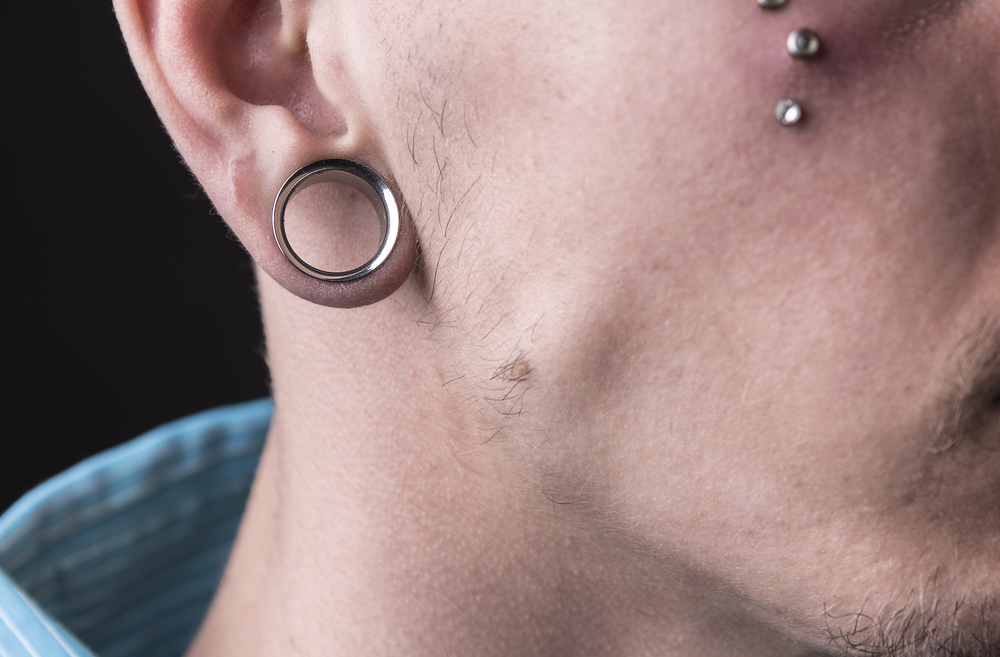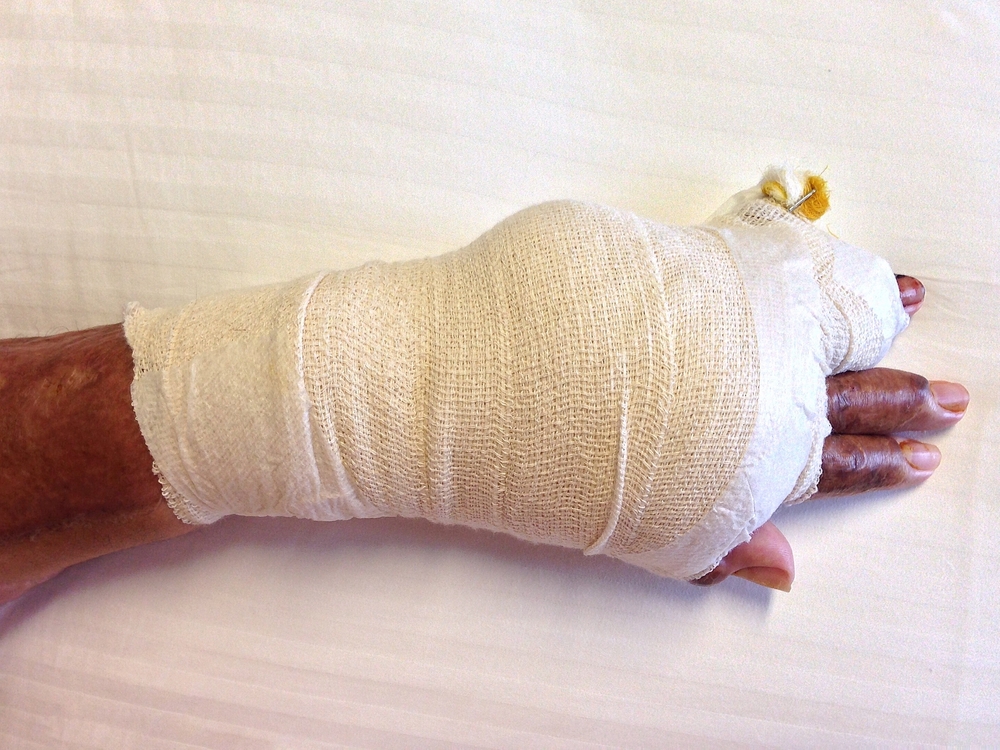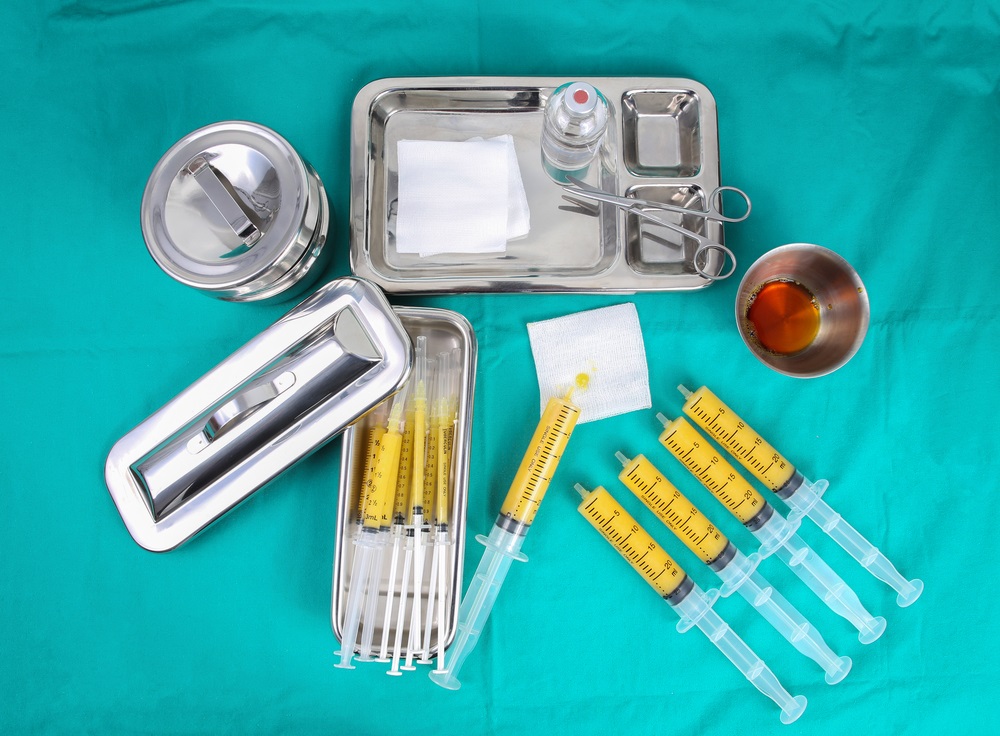- An upturned nose can appear disproportionately short, with over-pronounced nostrils.
- This can be attributed to injury, previous rhinoplasties, or simply genetics.
- Correcting an over-rotated nose is one of the most challenging maneuvers plastic surgeons face.
- Temporary alternatives to rhinoplasty include injecting fillers into the tip of the nose.
An upturned or over-rotated nose can appear unusually small when compared to other facial features, creating a subtle imbalance. In such cases a skilled plastic surgeon can both lengthen the nose and push its tip downward, providing significant aesthetic improvements.
Heredity, Accidents, and Botched Procedures
Dr. Albert Dabbah, a board-certified plastic surgeon based in Boca Raton, FL, breaks down the causes of an upturned nose as being either genetic, related to trauma, or the result of a previous rhinoplasty.
“In most cases, it will probably be the latter,” he says. “The over-resection or removal of cartilage at the nasal tip and septum can shorten the nose or cause upward rotation.”
In such cases, revision rhinoplasty surgery — a procedure that relies heavily on customization to achieve facial balance — is generally the only solution.
Repairing an over-rotated nose can be exceptionally challenging, which is why choosing a highly capable and versatile plastic surgeon is crucial. Make sure that your surgeon is board-certified and has extensive experience performing rhinoplasty procedures.
Upturned Nose Surgery: What to Expect
According to the American Society of Plastic Surgeons (ASPS), 223,018 of the 1.8 million cosmetic surgeries performed in the United States in 2016 were nose reshaping. That makes it the third most frequently performed cosmetic surgery following breast augmentation and liposuction.
A rhinoplasty to correct an upturned nose takes approximately three hours to perform and is usually carried out under general anesthetic.
One trend increasingly being embraced by surgeons when correcting an upturned nose is to opt for an “open” rhinoplasty technique.
Beverly Hills board-certified plastic surgeon Dr. T.Y. Steven Ip explains: “An open procedure is carried out under general anesthesia. An incision is made across the columella (the skin between the nostrils) of the nose, allowing maximum visibility for the surgeon during the operation. A closed procedure involves incisions to the nose’s interior but does not provide the same visibility.”
Whether it is a closed or open technique, once inside the nose, the surgeon employs grafts that are placed at the end of the septum and at the tip of the nose to support the reconstruction.
The two most common grafting techniques are:
- Caudal Septal Extension Grafting
A portion of cartilage harvested from the rib or ear is used to add length to the front edge of the nose. The harvested cartilage is carefully stitched to the end of the septum to create a sound structure to support a more extended nose.
- Extended Spreader Grafts
Spreader grafts are small horizontal strips of cartilage stitched to the tip of the septum. Extended spreader grafts assist in the lengthening of the nose, de-rotating the tip and anchoring the reconstructed nose firmly in position.
Following Surgery
Dr. Dabbah explains that a complex operation like rhinoplasty requires more than the usual analysis and skillful execution of techniques — recovery can also present unique difficulties.
“The additional challenge is the healing of the human body,” says Dabbah. “Normal formation of scar tissue can easily change the soft tissues and cartilage of the nose, impacting its appearance over time.”
That’s why vigilance is so important during the recovery process: to ensure that the nose heals properly, thus reducing the likelihood of it changing shape and requiring revision surgery.
Recouping from nose surgery can be painful — yet another reason why it’s so important to strictly adhere to your surgeon’s instructions throughout the recovery period. To support the nose as it heals and provide additional buttress, it is filled with gauze or “packing.” Expect swelling and stiffness, as well as bruising around your cheeks and eyes immediately following the surgery. Patients are also instructed to wear a nose splint for as long as a week.
The Non-Surgical Fix
Non-surgical rhinoplasty employs injectable fillers to alter the nose’s shape, giving it a more symmetric and proportional appearance. This approach is best suited for patients who are disquieted by the form rather than the size of their nose.
Bellafill, a collagen-based structural protein, provides results that last several years. Three brief and relatively painless sessions are required. Most other brands of cosmetic fillers last between three months to two years before slowly dissolving.
Keep in mind that injections come with risks. One of the potential perils of injecting filler into the tip of your nose is cutting off the skin’s blood supply, which can be quite weak — especially in noses that have already undergone rhinoplasty.
According to a 2017 Harpers Bazaar article, the average cost of rhinoplasty in the United States is $5,046. For a non-surgical nose job using a temporary filler such as Voluma, the price is of approximately $2,500 a year. A more long-lasting solution using Bellafill totals $4,500.
Dr. Sam S Rizk, a board-certified plastic surgeon with a practice in Manhattan, warns that non-surgical injections are limited in their ability to correct issues with the nose. “Fillers cannot reduce nose size, alter its structure, make a large tip small or a wide nose narrower. Nor can it address functional nasal issues such as breathing problems.” As such, Rizk insists that traditional rhinoplasty is a far more efficient approach.
Do At-Home Devices Work?
A company called NoseSecret makes plastic splints that you squeeze into your nostrils to temporarily streamline the shape of your nose. But don’t buy into the hype.
NoseSecret splints might be inexpensive, (less than $50), but they’ll extract their pound of flesh from you when it comes to the pain and discomfort they inflict.
Pressed into your nose, many users complain about how the hooks pinch and scrape their inner nostrils, while others express fear about the possibility of snorting the device deeper into their nose. Keep in mind that the splints can also cause permanent bruising, deformities, scarring and infections.
In Closing
Despite the degree of difficulty associated with reconstructing an upturned nose, an experienced board-certified plastic surgeon should be able to address the most challenging of cases.
Los Angeles-based plastic and reconstructive surgeon Dr. Elliot Hirsch advises that it’s always best to start any plastic surgery journey with clear and realistic expectations. While nose surgery can accomplish some truly astounding objectives, it still can’t perform miracles.
“Point out specific concerns and areas that you’d like to improve, rather than voice a general complaint about your nose’s appearance,” says Dr. Hirsch. “Once you narrow down your expectations, surgery for an upturned nose can provide results that are both satisfying and durable.”









